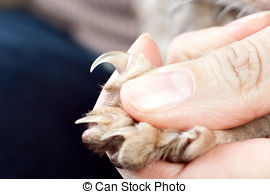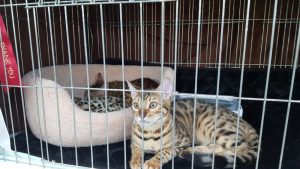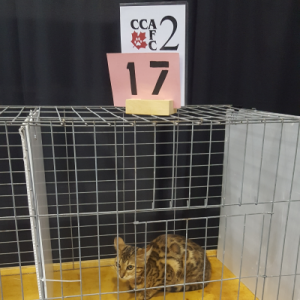Do they belong to a respectable association or society?
There is no reason any reputable Cat Breeder wouldn’t be a member of a respectable association or society. They don’t cost a lot of money and they make sure that you are getting the pure bred cat that you are paying for. There’s no reason they (or you) shouldn’t be able to register a kitten. It costs very little (under $20) to do so.
In Canada they should be associated with TICA (The International Cat Association) or CCA (Canadian Cat Association).
Do they provide a pedigree with your cat?
You should be able to get a 5 generation pedigree with any Bengal Cat.
There are 2 large problems without a pedigree:
- Frequent medical issues. Frequently “kitty mills” or “backyard breeders” are producing cats that don’t have clean, pure bloodlines.
- Are you sure you are getting a purebred cat? The whole point of these registry is to guarantee that they are purebreds and to monitor the breed. It costs a very minimal fee to be a member of these associations and registering a cat / kitten is a fraction of the cost of the cat itself. You have to wonder why anyone would pay a large sum of money for a purebred cat which isn’t actually a purebred.
Do they provide a health guarantee?
There are lots of congenital defects for various breeds. Bengals are prone to: PRA (blindness), HCM (heart disease), PKD (kidney disease) among other congenital diseases. There are tests for all of these conditions and a responsible breeder will test for and ensure that they are not breeding cats with these conditions.
All cats can have FeLV, FIV, Coccidia, Giardia, etc., which are easily tested for and can be avoided.
It’s absolutely horrible when someone brings home a new family member and then has to watch them die from one of these conditions.
How old are the kittens when they leave their mother?
Everyone wants a kitten as young as possible. Ideally as soon as it’s weaned! While it seems like it would be awesome and cute to have a young kitten, understand that it’s very vulnerable – the immune system of a kitten doesn’t kick in until 8-10 weeks, before that it’s entirely from its mother; it’s not socialized – kittens learn behavour from their mothers and their littermates. The most important age for this is between 6-11 weeks old. Separating kittens too early will make them socially maladjusted and can easily lead to behavioural issues.
What do the breeders feed their cats?
There is so much information now on cat nutrition that anyone who breeds cats has a responsibility to know about it. Cats are obligate carnivores (meaning that they do not have the ability to make certain amino acids and vitamins that are found in meat. A simple well-known example is the amino acid Taurine. Cats must get this in their diet and without it they will suffer from blindness, bone decay and eventually heart failure. This is why you can’t feed dog food to a cat – it doesn’t contain Taurine). A good breeder will know something about cat nutrition and be feeding a high quality diet to their cats and kittens.
Here’s some basic information on what to look for in Cat Food and what to avoid:
- Avoid dry foods as much as possible.
- Cats get most of their water from food (despite having a water dish they are usually under hydrated if they eat only dry food).
- Carbohydrate content in most dry foods are too high.
- Many Dry foods contain high plant-based protein instead of animal protein.
Try Raw Food
Wait, did you say Raw? As in uncooked? That – Is – Disgusting! Perhaps, but what do you think cats are eating in the wild? Do they have a little campfire and cook their mouse, fish, bird? They do just fine on raw food. Their digestive track is very different from ours and they simply don’t have the same problems we would. For more information, see our information on feeding Raw Food.
Do they monitor who breeds their kittens?
Any ethical breeder will not let just anyone breed more cats. As you can see from these points, it’s not just as simple as have a boy and a girl and letting them make kittens. If the breeder will let you buy a breeding cat without any questions and ensuring that you will be a responsible breeder, then you should probably stay away from that breeder.
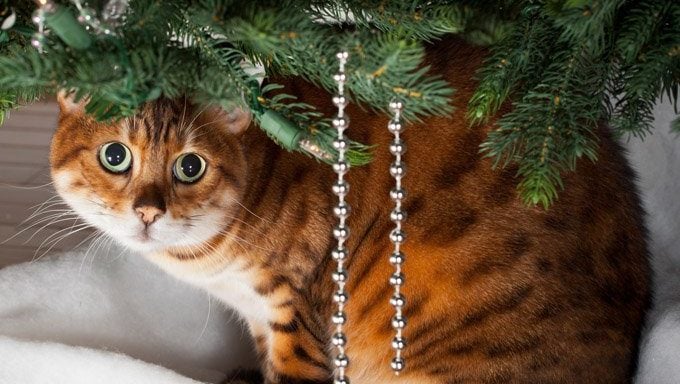
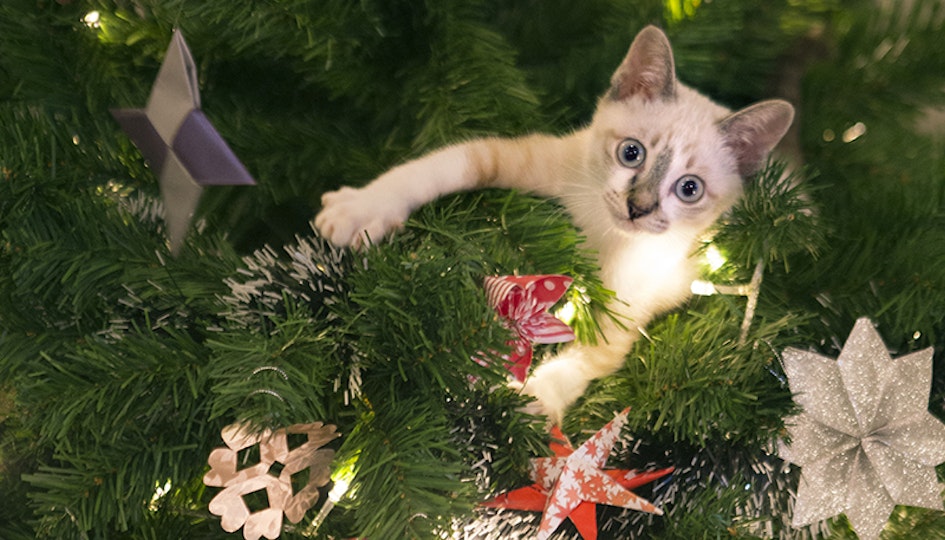
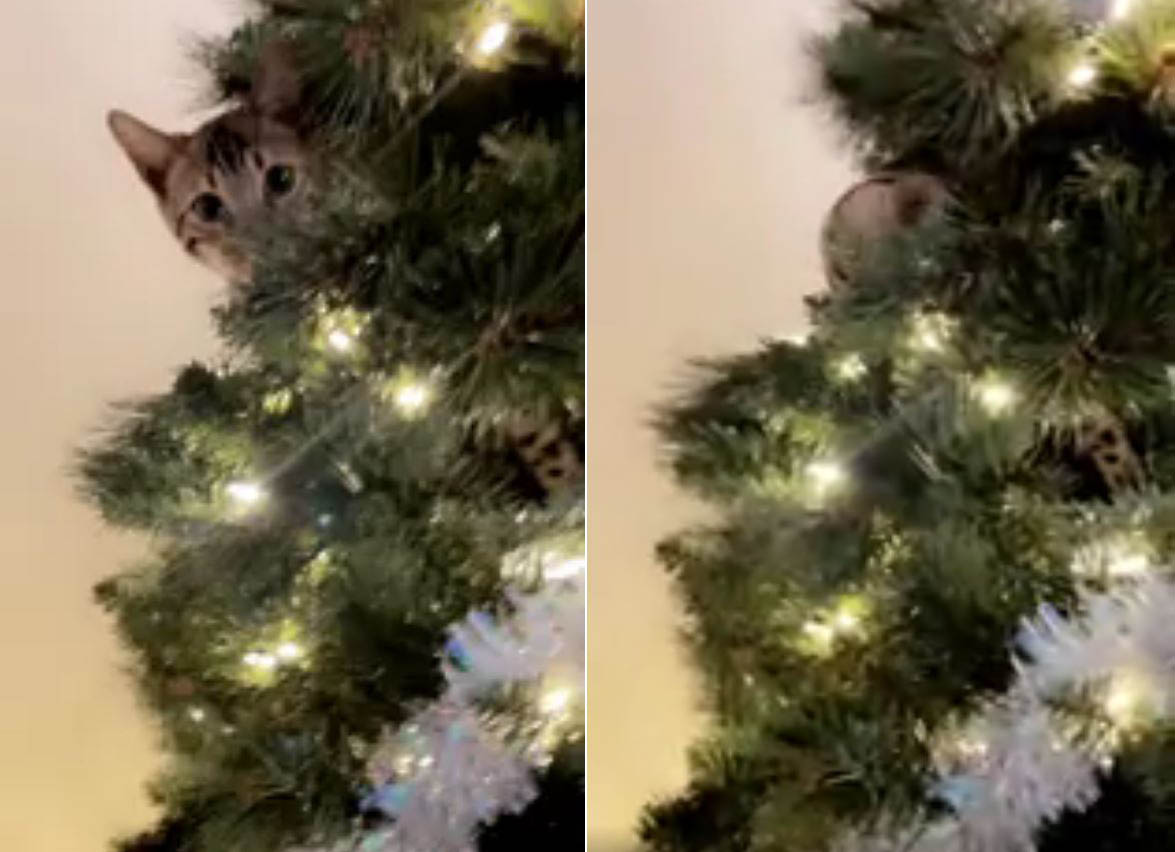
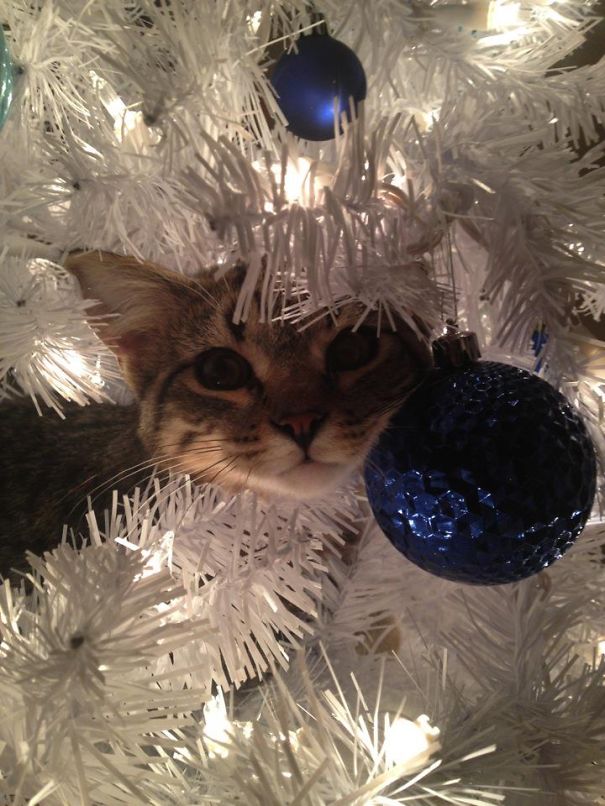
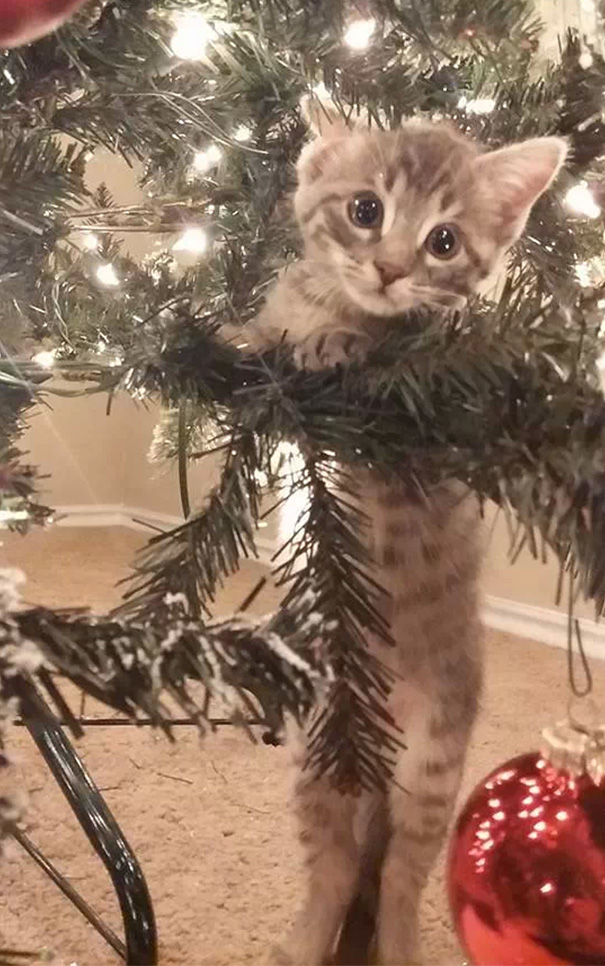
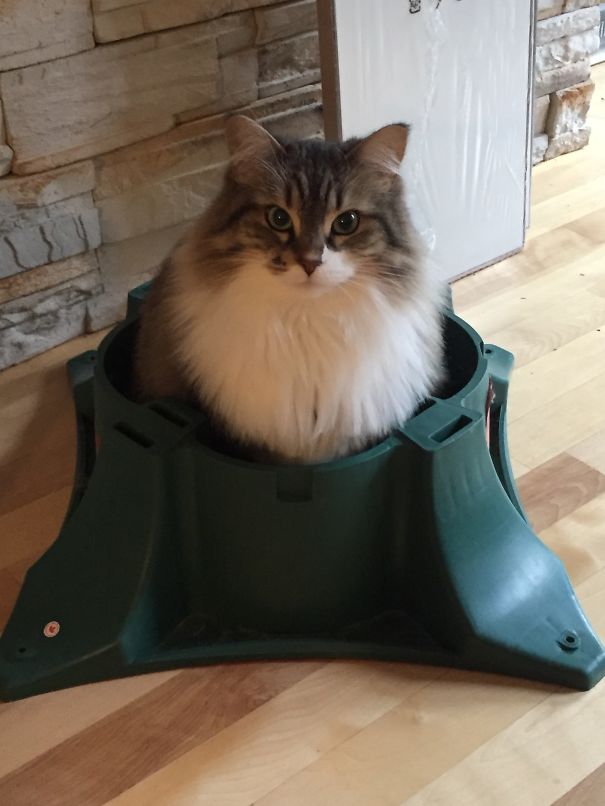
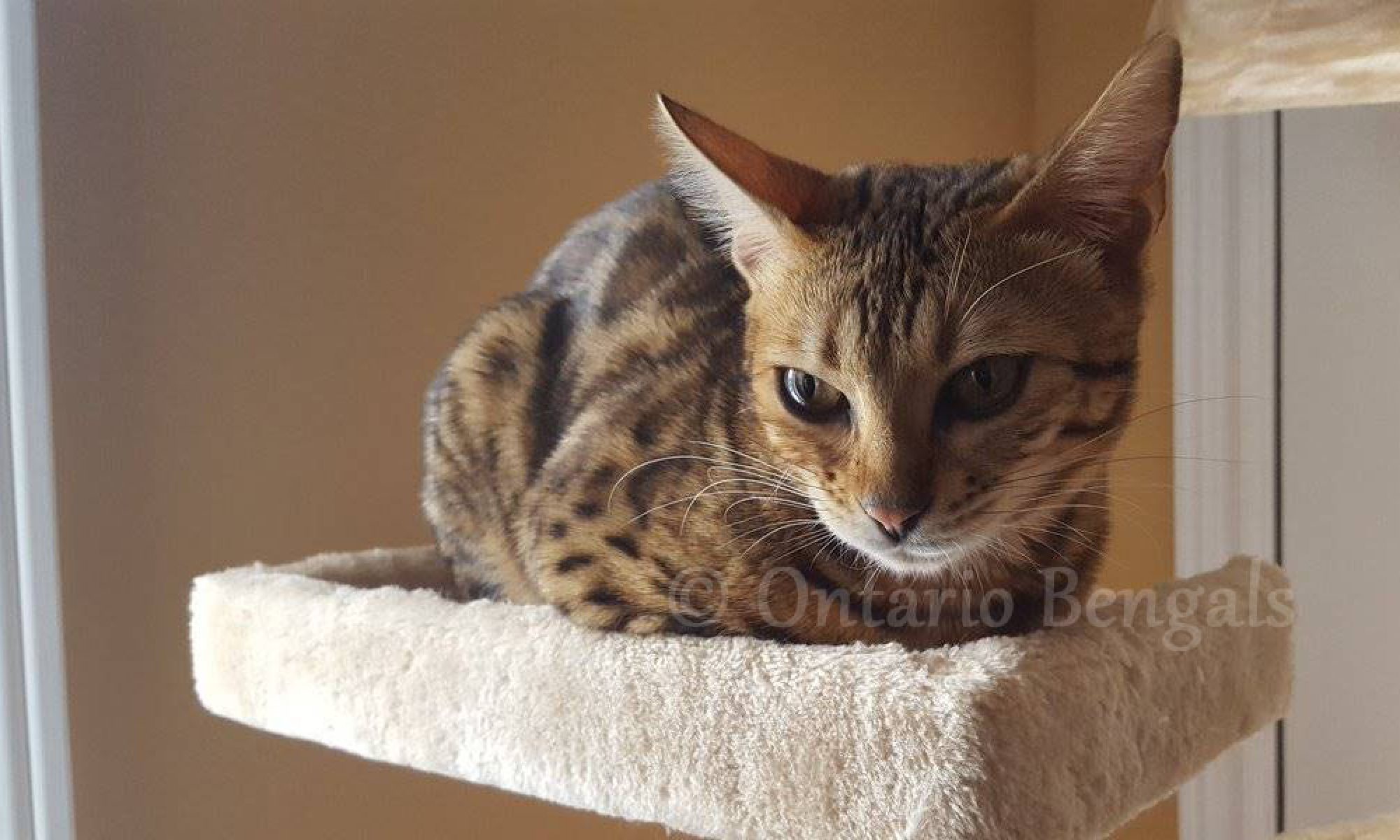
 Cats nails grow quickly, as quickly as your fingernails. They should be trimmed as frequently as yours do (at least once a month).
Cats nails grow quickly, as quickly as your fingernails. They should be trimmed as frequently as yours do (at least once a month).